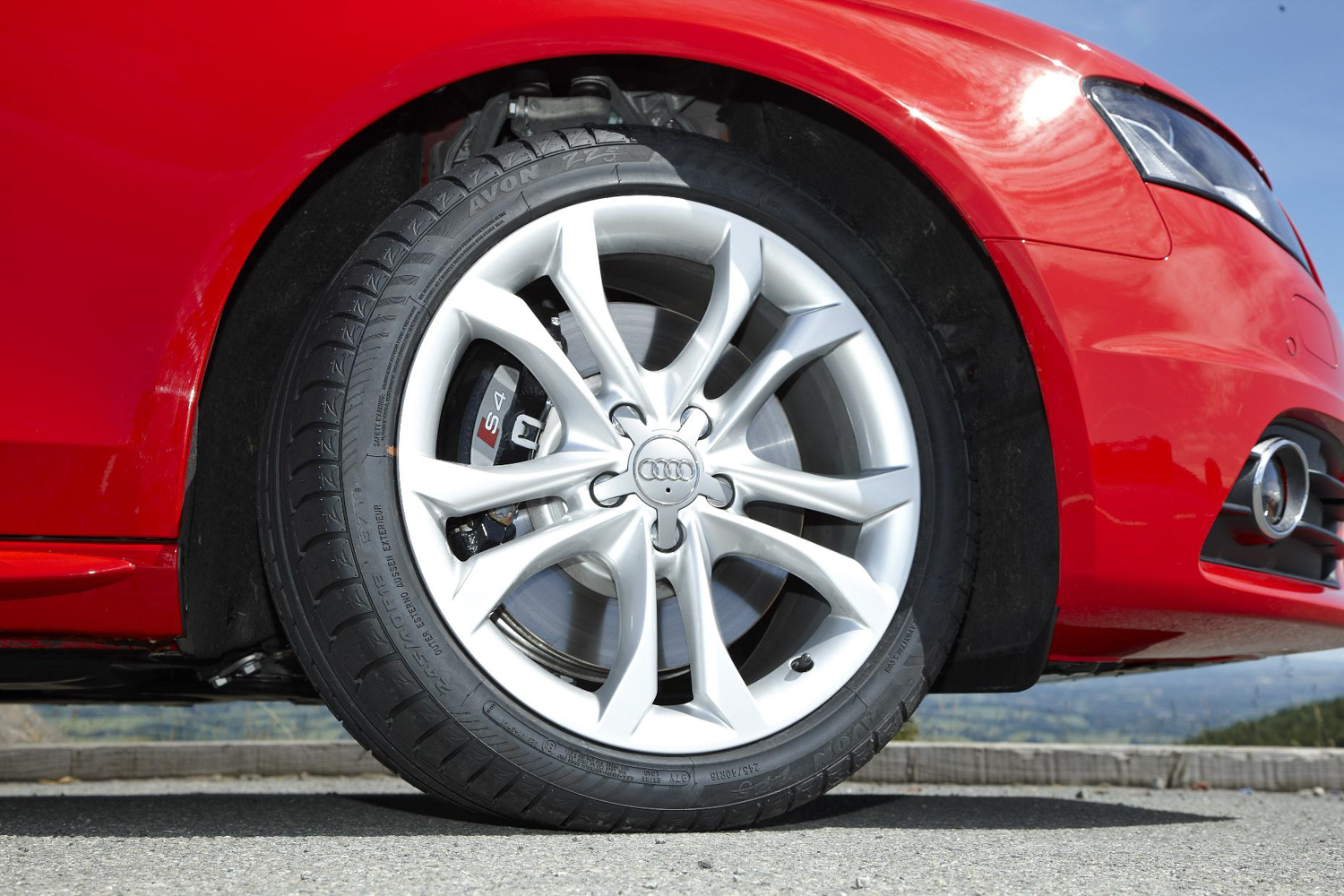Tyres are increasingly a source of dangerous particulate emissions, and the problem is getting worse because we keep buying bigger, heavier, cars.
Particulate emissions from tyres 1,000 times higher than from exhausts
That's the claim being made by independent emissions assessors, Emission Analytics. In fact, the company claims that particulate emissions from tyres can now be 1,000 times worse than from a vehicle's exhaust, and that there is no regulation governing such emissions.
Particulates are the tiny particles of soot generated by an engine burning fuel, which escape into the atmosphere via the exhaust. When small enough, they can be carcinogenic - cancer causing - and thus there has been a great deal of legislation regarding the fitting of particulate traps in car exhausts. Diesels were the first to get them, and now attention is being turned to petrol cars, too.
Particulate matter, in the form of dust, can also be generated from a vehicle's brakes and tyres, though, and this is a form of emissions that is currently unregulated. Richard Lofthouse, Senior Researcher at Emissions Analytics said: "It's time to consider not just what comes out of a car's exhaust pipe but particle pollution from tyre and brake wear. Our initial tests reveal that there can be a shocking amount of particle pollution from tyres - 1,000 times worse than emissions from a car's exhaust. What is even more frightening is that while exhaust emissions have been tightly regulated for many years, tyre wear is totally unregulated - and with the increasing growth in sales of heavier SUVs and battery-powered electric cars, non-exhaust emissions (NEE) are a very serious problem."
Majority of a vehicle's particulate matter
In fact, NEE is now thought to form the majority of a vehicle's primary particulate matter emissions. The UK Government's Air Quality Expert Group (AQEG) has recommended that NEE are immediately recognised as a source of ambient concentrations of airborne particulate matter, even for vehicles with zero exhaust emissions of particles - such as electric cars.
To test the theory, Emissions Analytics performed some initial tyre wear testing. Using a popular family hatchback running on brand new, correctly inflated tyres, EA found that the car emitted 5.8 grams per kilometre of particles. Compared with regulated exhaust emission limits of 4.5 milligrams per kilometre, the completely unregulated tyre wear emission is higher by a factor of over 1,000. Emissions Analytics notes that this could be even higher if the vehicle had tyres which were under-inflated, or the road surfaces used for the test were rougher, or the tyres used were from a budget range - all very recognisable scenarios in 'real world' motoring.
Challenge to the industry
Nick Molden, CEO of Emissions Analytics said: "The challenge to the industry and regulators is an almost complete black hole of consumer information, undone by frankly out of date regulations still preoccupied with exhaust emissions. In the short term, fitting higher quality tyres is one way to reduce these NEEs and to always have tyres inflated to the correct level. Ultimately, though, the car industry may have to find ways to reduce vehicle weight too. What is without doubt on the horizon is much-needed regulation to combat this problem. Whether that leads to specific types of low emission, harder wearing tyres is not for us to say - but change has to come."

